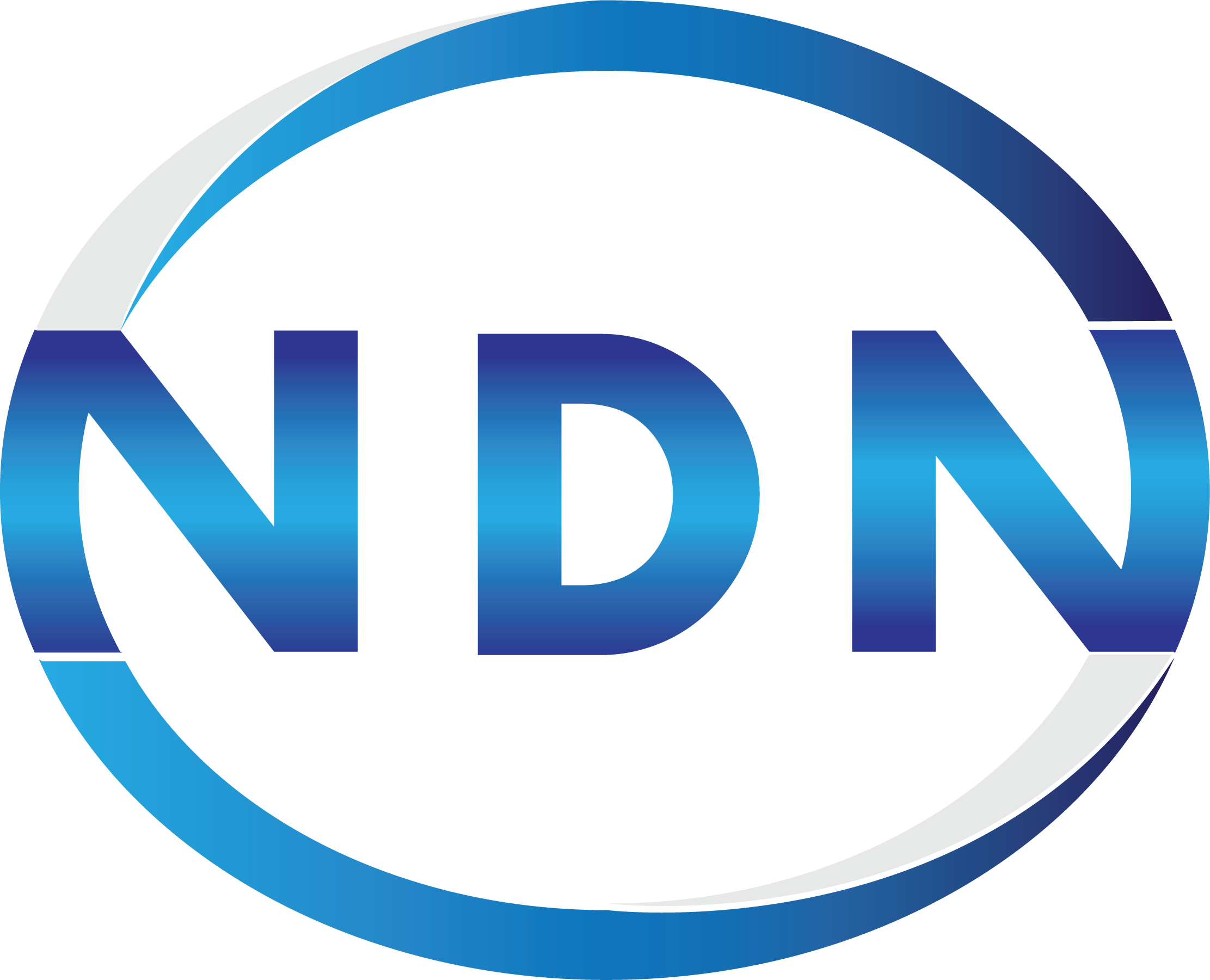Clothoff: The AI that Can Undress Anyone
In recent years, artificial intelligence (AI) has made significant strides in various fields, from healthcare to entertainment. One of the most intriguing and controversial applications of AI technology is in the realm of image and video processing. Among these innovations is Clothoff, a cutting-edge AI tool designed to undress anyone in images and videos. This article explores the functionalities, ethical considerations, and potential applications of Clothoff while keeping SEO optimization in mind.
Understanding Clothoff and its Technology
Clothoff employs advanced machine learning algorithms and deep neural networks to analyze images and predict clothing layers. By dissecting visual data, Clothoff can generate a realistic representation of what a person would look like without clothing.
How Clothoff Works
- Data Collection: Clothoff is trained on vast datasets containing images of people in various clothing styles and body types.
- Pattern Recognition: The AI utilizes convolutional neural networks (CNNs) to recognize patterns and distinguish between clothing and skin.
- Image Generation: After analyzing an image, Clothoff can create a new image that depicts the person undressed, while maintaining realistic body proportions and skin tones.
Potential Applications of Clothoff
While the primary function of Clothoff may seem controversial, there are numerous applications that can benefit from this technology.
Fashion and Design
Fashion designers can utilize Clothoff to visualize how different clothing styles may look on various body types without the need for physical models. This can streamline the design process and help in creating more inclusive clothing lines.
Entertainment and Media
In the film and gaming industries, Clothoff can assist in creating realistic character models. By allowing artists to see how characters would appear without clothing, it can enhance character development and storytelling.
Education and Research
In educational settings, Clothoff can be used to study human anatomy and physiology. By allowing students to see the human body without clothing, educators can provide a more in-depth understanding of human biology.
Ethical Considerations
Despite its potential benefits, Clothoff raises numerous ethical concerns that cannot be overlooked. The ability to undress anyone in images poses significant privacy and consent issues.
Privacy Concerns
The use of Clothoff can lead to serious violations of privacy. Without proper consent, individuals could find themselves objectified or exploited, making it crucial to establish guidelines for its usage.
Consent and Representation
Consent is a pivotal issue when it comes to AI technologies like Clothoff. It is essential to ensure that individuals have given explicit permission for their images to be processed in such a manner.
Legal Implications
The legal landscape surrounding AI technologies is still developing. As Clothoff gains popularity, lawmakers may need to establish regulations governing its use to protect individuals’ rights and privacy.
Current Laws
In many jurisdictions, existing laws regarding image rights and privacy cloth off ai promo code would apply to the use of technologies like Clothoff. However, these laws often lag behind technological advancements.
Future Legislation
As AI continues to evolve, there is a pressing need for updated legislation that addresses the unique challenges posed by technologies like Clothoff, focusing on consent, privacy, and ethical usage.
The Future of Clothoff and AI Undressing Technology
The future of Clothoff is both promising and challenging. As technology continues to advance, the capabilities of AI in undressing anyone will likely improve, leading to more realistic and nuanced representations. However, it is crucial to navigate the ethical and legal implications carefully.
Responsible Usage
Developers and users of Clothoff must prioritize responsible usage to ensure that the technology serves beneficial purposes without infringing on individual rights.
Community Guidelines
Establishing community guidelines can help create a framework for the ethical use of Clothoff. These guidelines should emphasize consent, respect, and the responsible portrayal of individuals.
Conclusion
Clothoff represents a fascinating intersection of AI technology and visual representation. While it offers significant potential in various fields, it also raises critical ethical and legal questions. As we move forward, it is imperative to balance innovation with responsibility, ensuring that technologies like Clothoff are used to enhance creativity and inclusivity rather than harm individuals’ rights and privacy.
By engaging in thoughtful discussions and implementing appropriate regulations, society can harness the power of AI to create a better future while respecting individual dignity and autonomy.

No responses yet